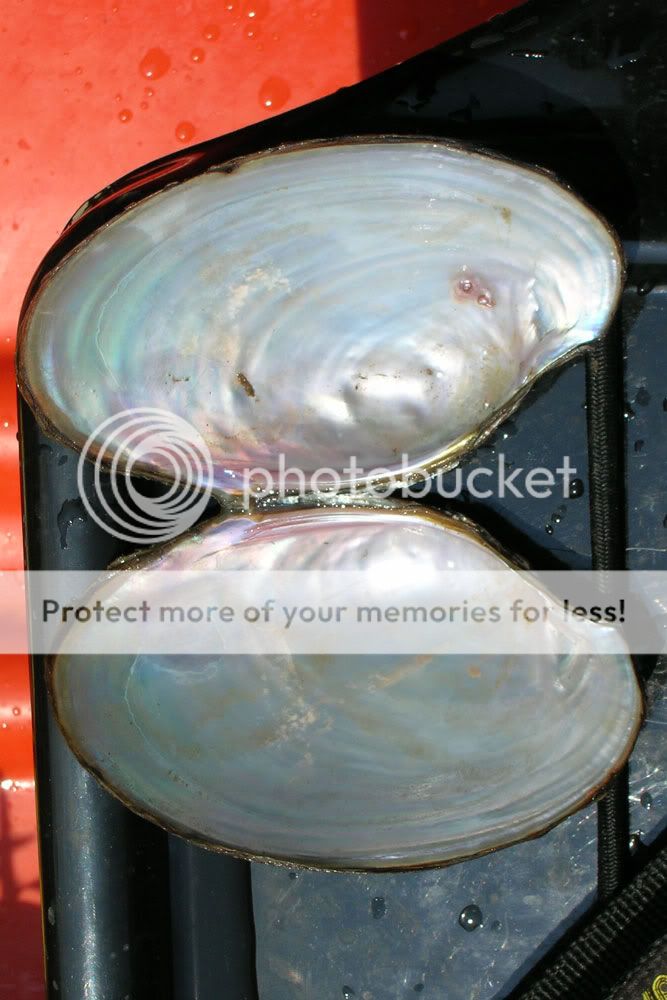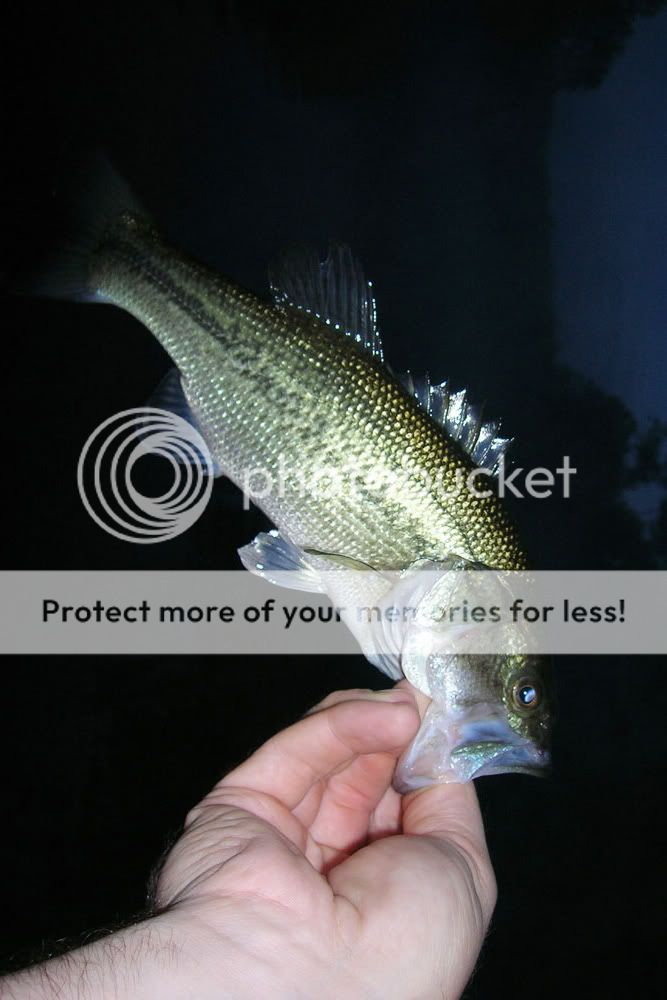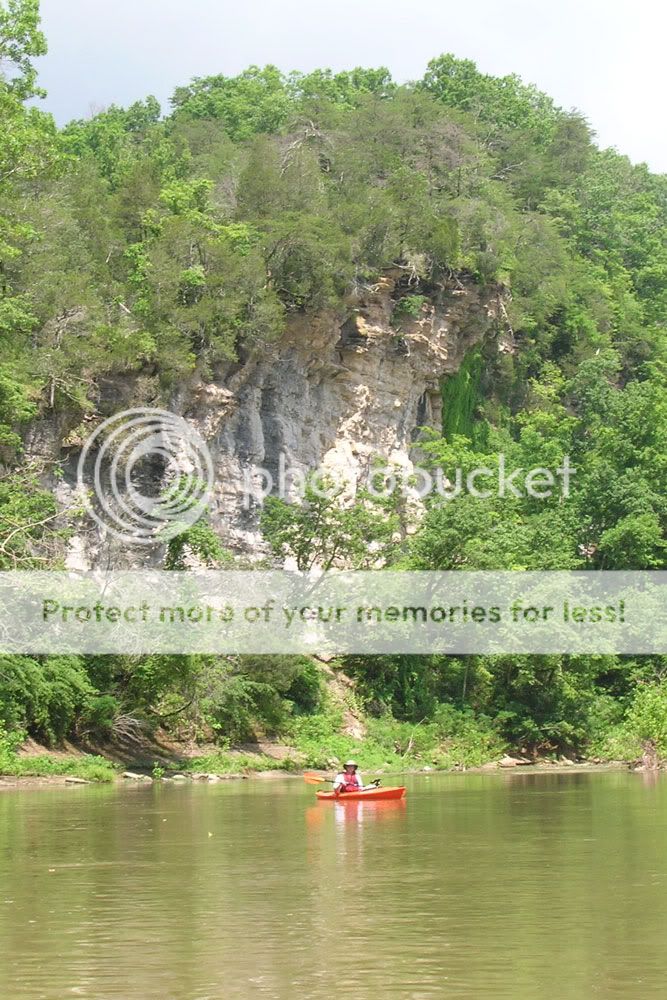This past Saturday, I joined up with a couple of paddlers to float from downtown Columbia to the Chickasaw mountain bike park, about an 8 mile run on the Duck River.
Duck River Float at EveryTrail
Map created by EveryTrail: GPS Community
The put-in was an experience. Volunteers were conducting a clean-up on the Duck that day, and we met one of them taking out at the same ramp where we were unloading kayaks. This guy, whom I now refer to as The Borg (as in "you will be assimiliated, resistance is futile") was quite the character. Conversation went something like this:
Borg:
Hey, how are ya'll doing? We're so happy you could come out today and help with the clean-up.
Us:
It sure looks like you've been busy, but we are just putting in here.
Borg:
We have drop spots all along the river that you'll see, and any trash you put there will get picked up later.
Us:
That's great. You really are doing a great job.
Borg:
We want you to come on back when you're done. We have t-shirts for all the volunteers.
Us:
Cool. We're just putting in here though.
Borg:
When did you hear about the clean-up?
Us:
Uhmmm... just now. We're just floating the river today.
Borg:
Well, we're so happy that you came out to help...
We were able to pry ourselves away only after he'd procured a phone number so he could recruit for the next clean-up. The man was obviously a salesman of some sort. Perhaps an Amway rep. I'm positive he was moderately insane.
The river was up and, for the first portion of the float, moving pretty well. We all tried our hand at fishing, and top honors went to Tiffany, who has a penchant for naming and who was paddling Sunset and fishing with Fancy. While Jimmy and I mostly just wet line, she put on a fishing clinic with her mauve rod and matching small grub lures.


I gave up the small bite for the most part and was mainly fishing larger Rapala minnows in hopes of getting a smallmouth or two on the stringer. I'd Googled "smallmouth and Duck River" and found a relevant article at Tennessee Sportsman Magazine. Its author notes:
Middle Tennessee smallmouth angler William "Buddy" Dodson spends as muchWe were certainly on the right stretch of river, but probably at the wrong time of year. I got all of one good bite on the Rapalas, and it may have been just a catfish, a gar, or a large bream. I did see one huge catfish making its way up some rapids, but since I was zipping in the other direction, I couldn't get a lure in front of him.
time on the Duck and Buffalo rivers as I do on the eastern waters. He says
float trips are the best way to approach the Duck River. There is some
decent fishing above the Riverside Dam that can be accessed by putting in
at the ramp above the dam and hitting the shoals about six miles upstream.
But Dodson says the best smallmouth fishing, by far, is below the dam.
Good public access can be found by canoe or jet boat float from the ramp
in downtown Columbia at the dam to the ramp at Chickasaw Trace off Highway
7. That's about a three-quarter-day float. From the Chickasaw Trace to the
Monsanto Bridge is about a two-hour float. Some of the best fishing is in
the fall on spinnerbaits and creek minnows. Expect to catch 20 to 30 fish
per trip. Smallies here are often in the 2- to 3-pound range, and there's
always the possibility of a 4-pounder slashing your offering.


The float was scenic, with some nice bluffs and small water streams trickling into the river in spots. One thing that stood out for me were the large numbers of freshwater mussel beds that stretched along the river. Their shells were everywhere, some of them as big as saucers.



By the end of the float, however, water flow diminished, and the river got flat and slow. We paddled pretty hard the last half of the trip in order to get to our take-out in a reasonable amount of time. This condition helped convince me that the July trip on the Paint Rock might best be shifted to another stream. Some email reports from paddlers who've done the Paint Rock in July suggest it to be just as slow, and I'm not up for an overnight 23-mile paddle on flat water in July heat.





































